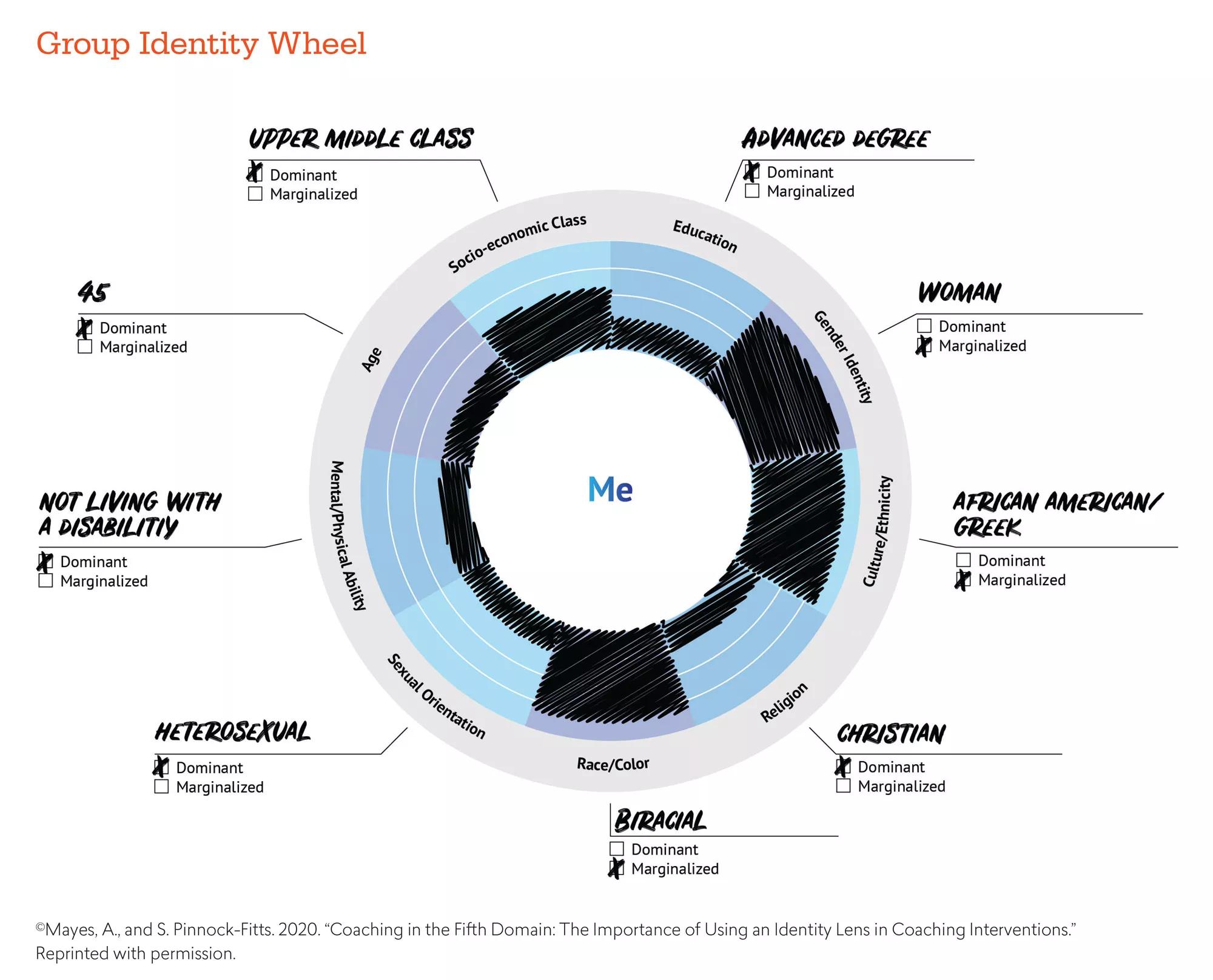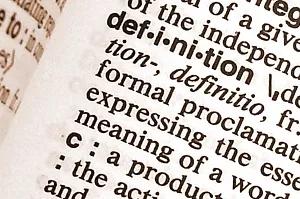What Is DEI Training?
DEI is a commonly used abbreviation that stands for diversity, equity, and inclusion:
Diversity:
Diversity is the presence of differences that may include, but are not limited to, race, gender, gender identity, sexual orientation, religion, ethnicity, nationality, socioeconomic status, language, physical or mental ability, and age. Diversity may also include differences in political perspective, learning preferences, personality, and communications preferences.
Equity:
Equity promotes justice, impartiality, fairness, and equal access to opportunities, advancement, and participation. Equity addresses structural inequalities and barriers through fairness in procedures, processes, practices, and the distribution of resources.
Inclusion:
Inclusion is creating and fostering an environment in which everyone, including members of traditionally underrepresented or marginalized groups, feels respected, welcome, and that they belong.
Organizations are increasingly recognizing the importance of DEI strategies and initiatives. One common DEI initiative is DEI training.
Goals and Types of DEI Training
The overall goal of DEI training is to help workplaces become more diverse, equitable, and inclusive, particularly for employees from underrepresented or historically marginalized communities. Often, DEI development activities and training programs are meant to increase employees’ awareness of inequality and bias, and influence how they behave towards each other. Sometimes DEI training is meant to change institutional policies and practices that perpetuate discrimination or exclusion.
Some common types of DEI training include:
Unconscious bias training: The goal of unconscious bias training is to help individuals understand and recognize their own unconscious and implicit biases and suggest behaviors to mitigate those preconceptions.
Allyship training: Allyship is when someone from a group that has privilege, power, or access supports or amplifies someone from an underrepresented or historically marginalized group. Allyship training helps provide people with the knowledge and skillset to be effective allies in the workplace.
Bystander communication training: Bystander communication training teaches people how to speak up and intervene if they witness harassing or discriminatory behavior, even when they are not the person being harassed or discriminated against.
Training on hiring practices: Organizations may provide DEI training specifically for hiring managers and employees in Human Resources. The goal of this type of DEI training is to ensure that people understand how their biases may affect how they view and assess candidates, and help them make more inclusive hiring decisions.
Topics to Include in DEI Training
The specific topics included in DEI training will vary based on the type of training being offered, the organization’s goals, and workplace culture. However, some topics that are included in many forms of DEI training are:
Self-reflection: Many DEI trainings include, as a starting point, an activity to help employees engage in self-reflection about the aspects of their identity in which they have power, privilege, and access, and the aspects of their identity where they lack such things.
Historical context: DEI training often explores the historical roots of bias and discrimination and also may connect that history to current social movements.
Legal context: DEI training often includes an overview of major legislation and judicial decisions connected to DEI, such as legislation that makes it illegal for organizations to discriminate against protected classes in their hiring practices.
Workplace scenarios: DEI training will often include case studies, role plays, or scenarios showing how overt or subtle bias impacts employees in the workplace.
Role-specific training: DEI training will often cover how the learners can take steps to combat bias and create more diverse, equitable, and inclusive workplaces, based on their role within the organization.

What Makes DEI Training Successful
DEI training—or any DEI initiative—needs to start with results, and clearly define what success looks like. As with any form of training, DEI training will be successful if an assessment has been conducted, a desired outcome is identified, and the training is designed to increase employees’ knowledge and skillset in ways that will lead to critical behavior changes.There are also some common DEI training pitfalls that instructional designers should strive to avoid:
A lack of psychological safety in the training environment.
Putting employees from marginalized communities on the spot.
Training that identifies problems but not solutions.
In addition, DEI training requires facilitators who have competencies in cultivating curiosity, building community, acknowledging complexity, and exploring topics that are sometimes uncomfortable in a constructive way.To learn more about designing and facilitating DEI training, see Maria Morukian’s book Diversity, Equity, and Inclusion for Trainers.
For an in-depth look at how to foster and develop a divers, equitable, and inclusive workforce, see ATD's DEI in Talent Development Certificate.
Strategic DEI Initiatives
Training can be an important part of an organization’s DEI strategy. However, training on its own is not a DEI strategy. DEI training will have an impact if it provides employees with knowledge of historical, social, and organizational context related to DEI; establishes a common language or framework related to DEI that can be referenced throughout the organization; and creates the opportunity to practice having conversations related to DEI (such as speaking up when observing a biased action).
However, even the best DEI training won’t be effective if it exists in a vacuum. Organizations need to show their commitment to DEI by making sure that all training, on any topic, is inclusive and accessible to all learners. This means taking steps like using diverse images in PowerPoints and diverse names in case studies. It also means working to ensure that training is accessible for employees with visual, hearing, motor, or cognitive disabilities.
A comprehensive DEI strategy should go beyond training and touch on all stages of the talent lifecycle, from hiring to onboarding to succession planning. DEI should be built into initiatives related to knowledge management, career and leadership development, and coaching. DEI initiatives need to be reinforced by what managers and senior leaders do and say, and by the environment they create to help their employees feel included. DEI also needs to be prioritized be CEOs and other C-suite executives who align DEI to strategic business priorities.
How ATD Can Help You With DEI Training
ATD is the world’s largest association dedicated to those who develop talent in the workplace. We provide world-class professional development resources that equip and empower trainers, instructional designers, and other talent development professionals. We have resources for professionals who design and deliver DEI training, as well as resources that help professionals build DEI into all of their talent development initiatives. Learn more about becoming an ATD member.

BLOGS
DEI Blogs
Explore diversity and inclusion training articles for all levels. Find strategies, insights, and best practices to elevate your expertise. Start here!

CERTIFICATE PROGRAM
DEI in Talent Development Certificate
Build your impact on DEI as a talent development professional and identify strategies to expand your mindset, practices, and influence. Learn More!

OCTOBER 20–22, 2025
ATD OrgDev
Learn to create a more inclusive culture, build talent retention, and create an engaged workforce.
There is still time to register!

GLOSSARY TERM
Talent Development Glossary Terms
Learn about essential terms and need-to-know expressions for training and development professionals. Explore now!
Free Tool Inclusivity Checklist
Diversity, equity, and inclusion (DEI) have always been an important topic and is one of the 23 capabilities (Cultural Awareness and Inclusion) in the Talent Development Capability Model.
